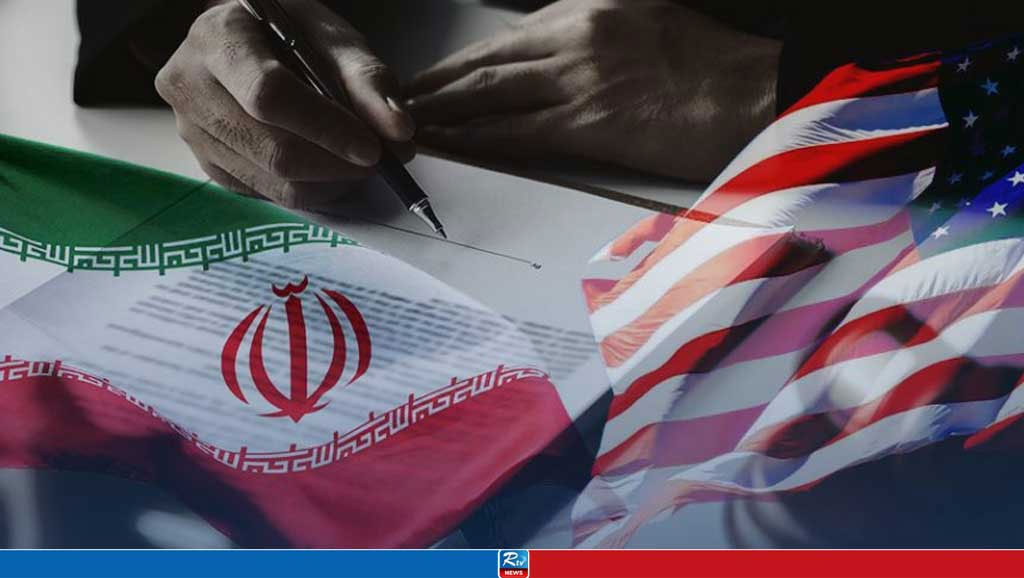Iran cracks down on journalists over hijab protests
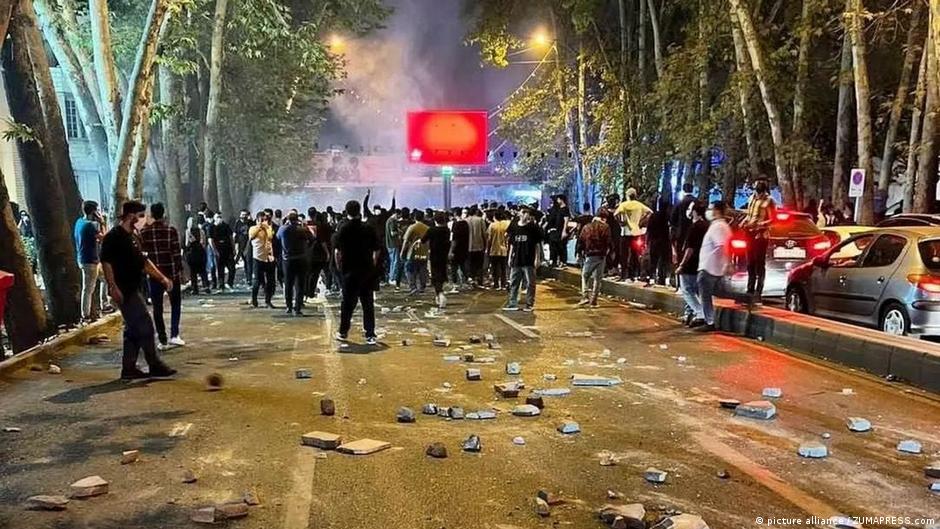
The Iranian government has arrested dozens of journalists reporting on the widespread unrest triggered by the death of a young woman following her arrest by authorities.
Iranian security forces have arrested at least 28 journalists and photographers since the latest wave of anti-regime protests began nearly two weeks ago, the New York-based Committee to Protect Journalists (CPJ) reported this week. The women-led demonstrations were sparked by outrage over the death of 22-year-old Kurdish woman Mahsa Amini after she was arrested by the Islamic republic’s so-called morality police. Amini was arrested on September 13 for allegedly breaching Iran’s strict rules for women on wearing hijab, or headscarves, and modest clothing.
The Iranian Journalists Association has repeatedly called for the immediate release of all reporters who have been detained for reporting on the protests. But the Iranian judiciary contends that press reporting on the protests could lead to further riots, and it should therefore be construed as a criminal offense. The journalists association has strongly rejected this argument and asserted that the journalists were merely going about their work.
Are journalists safe in Iran?
Those being detained include Niloufar Hamedi, a reporter for the reformist Shargh newspaper who was one of the first journalists to write about Amini’s case. She’s been kept in solitary confinement in the capital’s Evin Prison for the past week, according to her husband. Authorities on Thursday arrested reporter Elahe Mohammadi, who had covered Amini’s funeral, her lawyer said. The CPJ said Thursday that three additional journalists Farshid Ghorbanpour, Aria Jaffari and Mobin Balouch had also been arrested. Yalda Moaieri, a well-known photojournalist, is also among those detained. She is believed to be in the Gharchak prison for women on the outskirts of Tehran. We are not safe here and our situation is very bad, she is quoted as saying by the Iran News website. Reports from the country suggest that, apart from the arrests, many journalists have also been summoned or threatened by phone by security authorities.
Iranian leadership’s biggest nightmare?
The media in Iran is tightly controlled and monitored by authorities. Journalists are only allowed to work if they have official government approval and accreditation. Suppressing information is as important to the Iranian government as suppressing street protests, Behzad Ahmadinia, an Iranian journalist living in Cyprus and a member of the International Federation of Journalists, told DW. A free flow of information, for instance regarding corruption in Iran, is the biggest nightmare for the Iranian leadership, as it is for all undemocratic governments, he said. By eliminating reliable information sources, the Iranian government can publish news mixed with lies to counter solidarity in society and the growth of protests. Farzad Seifi Karan, an Iranian journalist living in the Netherlands and who is also a member of the International Federation of Journalists, shares a similar view, describing the current crackdown on Iranian journalists as an attempt to suppress international coverage of the anti-government protests.
A pattern of distorting the truth
When political unrest and major demonstrations erupt, the Iranian authorities arbitrarily arrest journalists, political activists and human rights defenders to silence any form of public dissent or reporting and criticism of the human rights violations they are committing, Mansoureh Mills, an Iran researcher at Amnesty International, told The Independent online newspaper. The Iranian authorities have a pattern of distorting the truth to cover up their human rights violations. Following the November 2019 protests, during which security forces killed hundreds of men, women and children, the authorities consistently denied any responsibility, she added. The Iranian government arrested and imprisoned at least 860 journalists in the three decades between the 1979 Islamic Revolution and 2009, and about 50 were executed, according to documents leaked to the NGO Reporters Without Borders (RSF). Iran ranks 178th of 180 states in RSF’s World Press Freedom Index, above only Eritrea and North Korea.
Comments
Warehouse developers bet on India as companies look beyond China
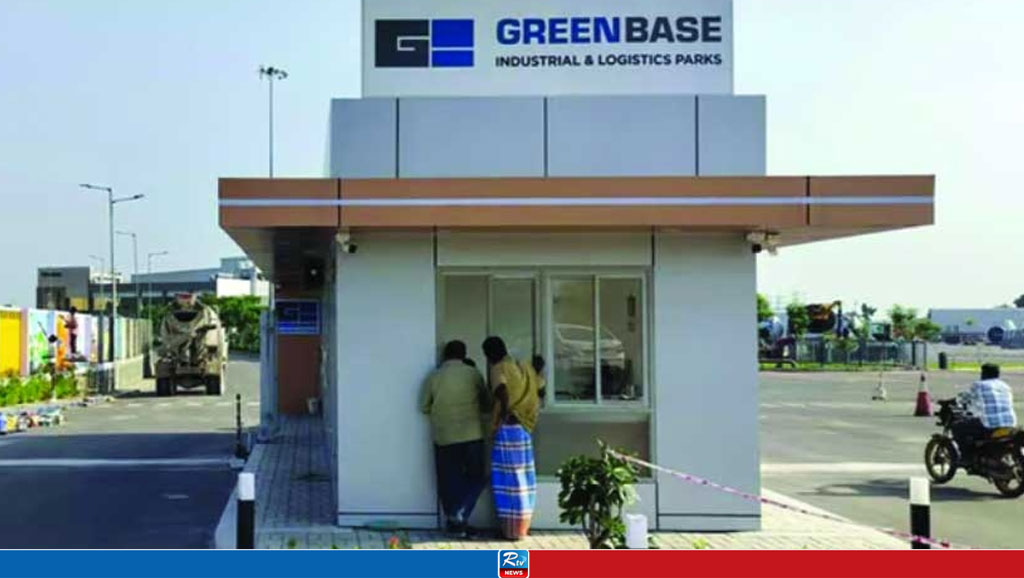
US Diplomat Donald Lu denies Pushing Pakistani ex-PM Khan Out of Office
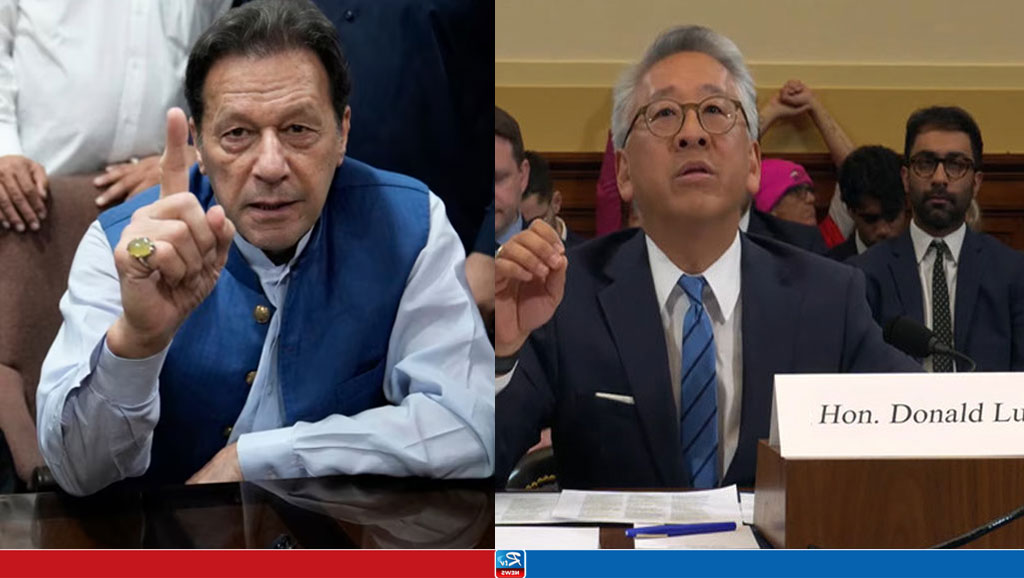
Spain: Judge orders Telegram to be blocked nationwide

More than 100 kidnapped schoolchildren rescued in Nigeria
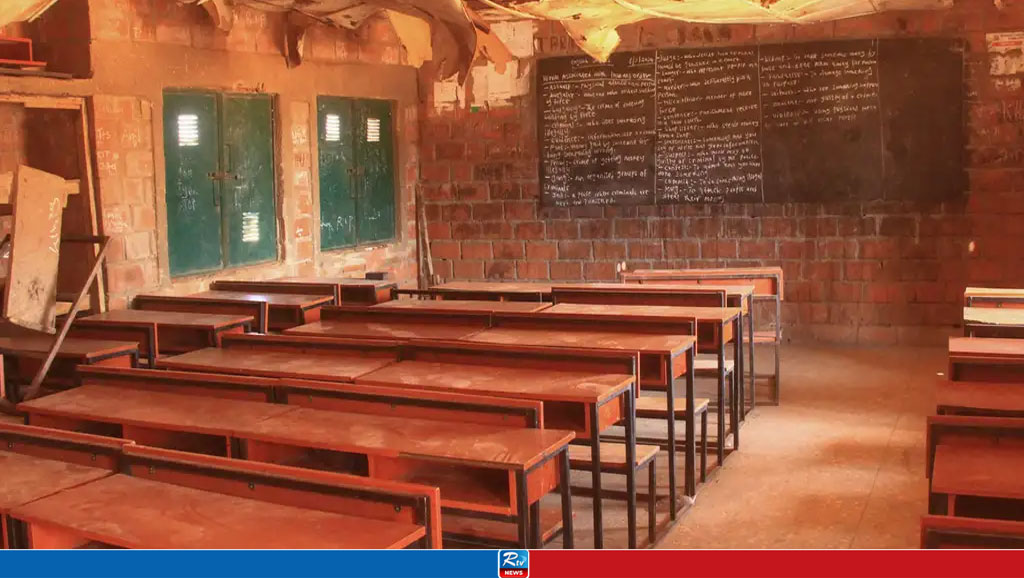
Philippines supply ships clash with Chinese coast guard
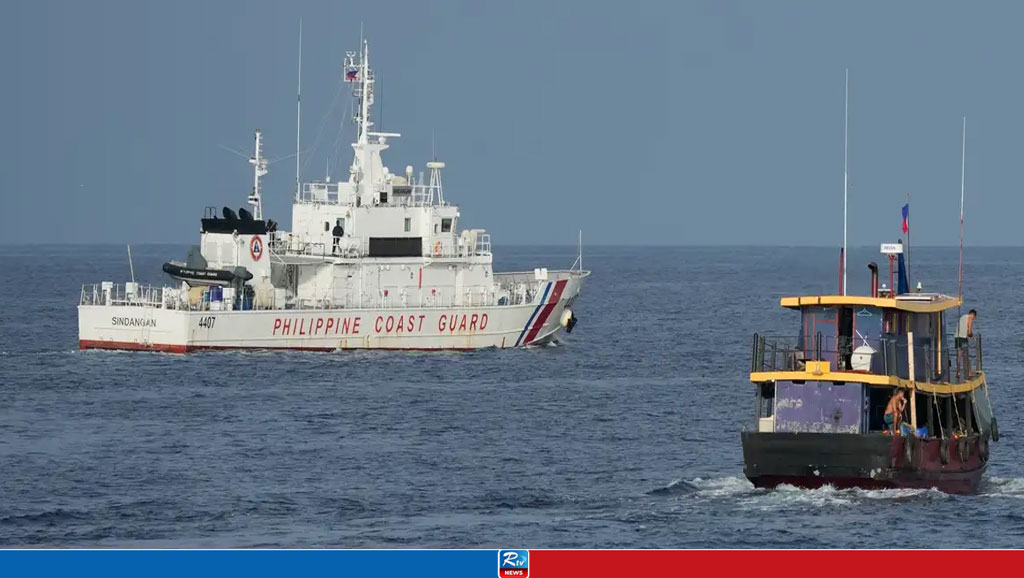
China promoting Mandarin in parts of Tibet: Report
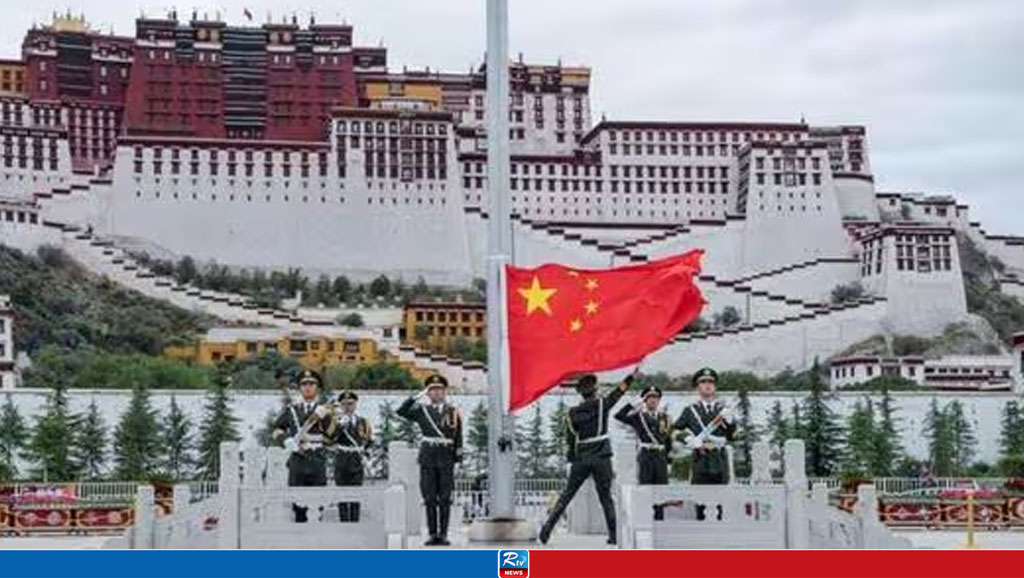
Nepal asks China to convert Pokhara airport loan into grant to ease financial burden
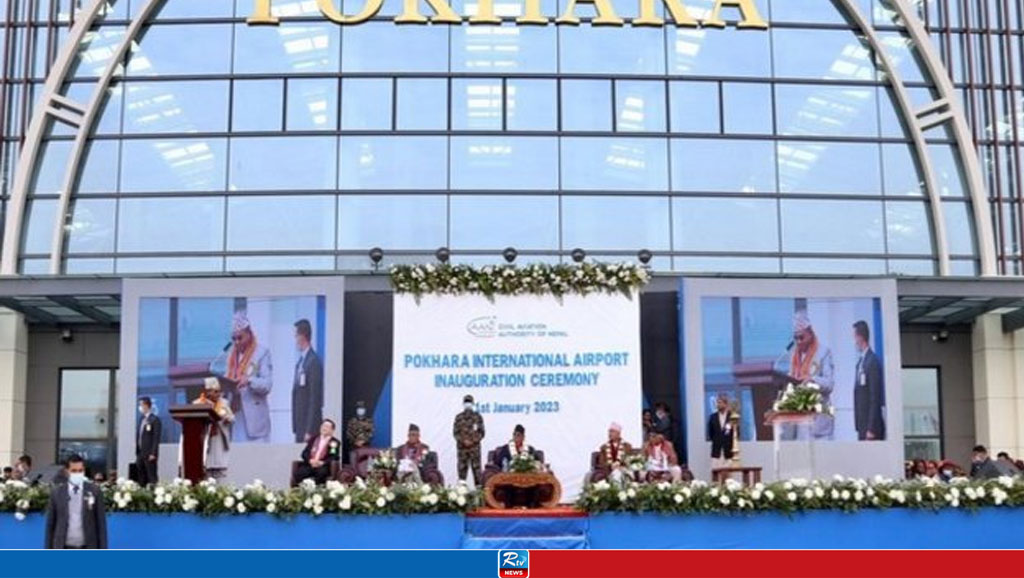

 Live Tv
Live Tv

